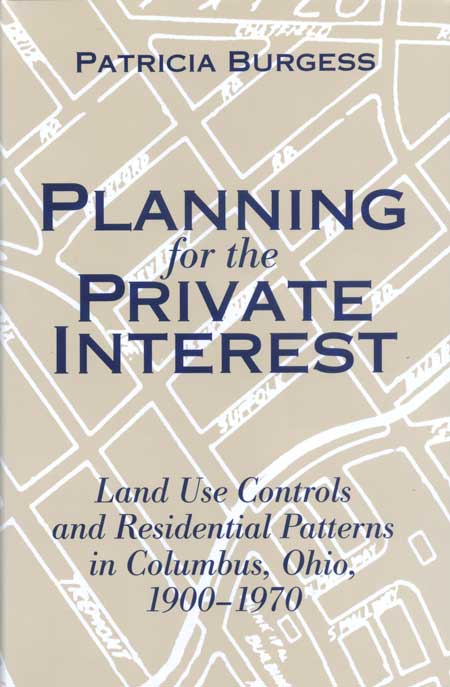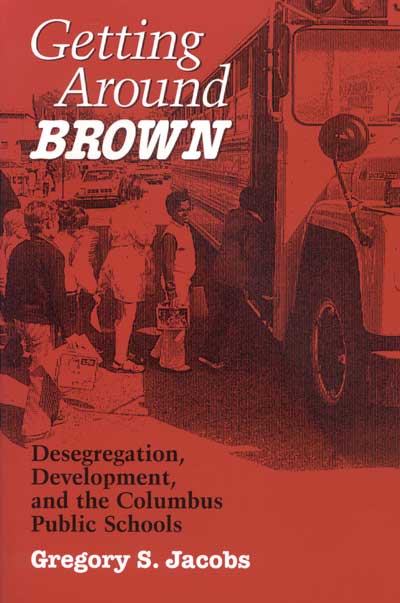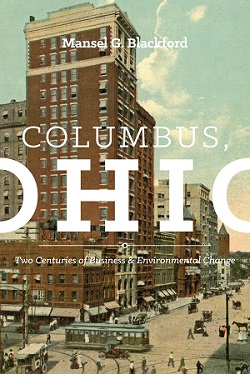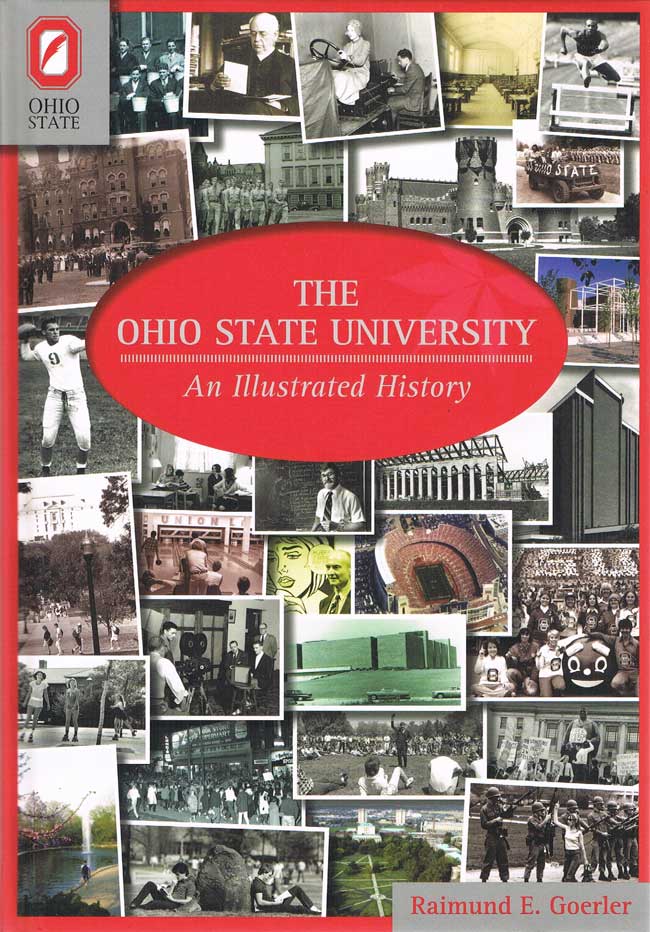“In this beautifully written and carefully researched book, distinguished historian Mansel Blackford focuses on the politics of water and land use in Columbus during the twentieth century. ‘Politics,’ Blackford reminds us, ‘always mattered.’ Here is an eminently readable volume that merits the attention of urban and political historians, policy makers, and every Buckeye.”—Mark H. Rose, Florida Atlantic University
“In this study of aspects of the history of Columbus, Ohio, Mansel Blackford introduces us in an engaging way to that place. With an occasional sly wit, he also makes the droll topics of water and land use policy rather interesting. In all it is a good story well-told.”—Ed Lentz, author of Columbus: The Story of a City
Columbus, Ohio: Two Centuries of Business and Environmental Change examines how a major midwestern city developed economically, spatially, and socially, and what the environmental consequences have been, from its founding in 1812 to near the present day. the book analyzes Columbus’s evolution from an isolated frontier village to a modern metropolis, one of the few thriving cities in the Midwest. No single factor explains the history of Columbus, but the implementation of certain water-use and land-use policies, and interactions among those policies, reveal much about the success of the city.
Precisely because they lived in a midsize, midwestern city, Columbus residents could learn from the earlier experiences of their counterparts in older, larger coastal metropolises, and then go beyond them. Not having large sunk costs in pre-existing water systems, Columbus residents could, for instance, develop new, world-class, state-of-the-art methods for treating water and sewage, steps essential for urban expansion. Columbus, Ohio explores how city residents approached urban challenges—especially economic and environmental ones—and how they solved them.
Columbus, Ohio: Two Centuries of Business and Environmental Change concludes that scholars and policy makers need to pay much more attention to environmental issues in the shaping of cities, and that they need to look more closely at what midwestern metropolises accomplished, as opposed to simply examining coastal cities.
Mansel G. Blackford is Professor Emeritus at The Ohio State University.
Contents
List of Illustrations
Acknowledgments
Introduction Columbus throughout Two Hundred Years
Chapter 1 Two Centuries of Business Development
Chapter 2 The Role of Water in Shaping Columbus
Chapter 3 Water and the Development of Columbus
Chapter 4 Land Use in a Changing City
Chapter 5 Land Use and Urban Development
Conclusion Columbus in 2012
Appendix Populations of Ohio: Columbus and Other Cities, 1800–2010
Bibliographic Essay
Index
List of Illustrations
1.1 The Second Neil House in 1915
1.2 Buckeye Steel’s Foundry in 1915
1.3 One Nationwide Plaza in 1984
2.1 Map of Columbus’s New Water and Sewer System in 1910
2.2 Griggs Dam in 1905
2.3 Columbus’s Water Works in 1908
3.1 Flood Damage in Columbus in 1913
3.2 O’Shaughnessy Dam in 1926
4.1 Joel Wright’s Map of Columbus in 1812
4.2 Goodale Park in 1907
4.3 Regulation of Downtown Traffic with a Street Umbrella in 1914
4.4 The Proposed Civic Center Looking West in 1908
4.5 Safety Poster at Buckeye Steel Castings in 1915
4.6 The Industrialized South Side in 1915
5.1 Upper Arlington in 1926
5.2 The Town and Country Shopping Center around 1948
Related Titles:

Planning for the Private Interest
Land Use Controls and Residential Patterns in Columbus, Ohio, 1900–1970
Patricia Burgess
PAPERBACK

High Stakes
Big Time Sports and Downtown Redevelopment
Timothy Jon Curry, Kent Schwirian, and Rachael A. Woldoff
PAPERBACK

Getting Around Brown
Desegregation, Development, and the Columbus Public Schools
Gregory S. Jacobs
OPEN ACCESS



